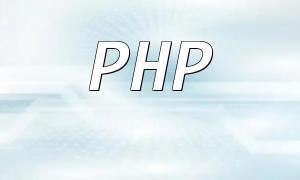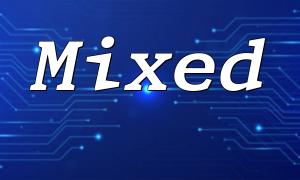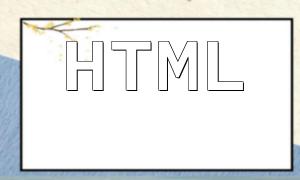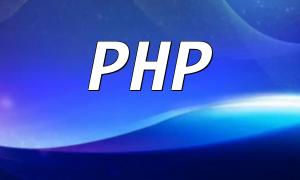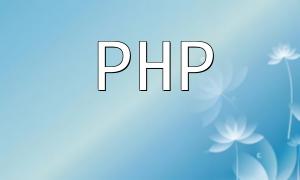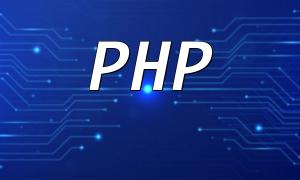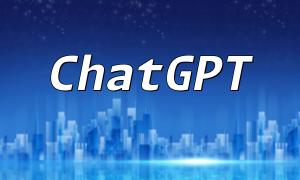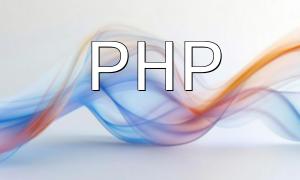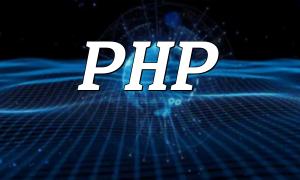Python was created by Guido van Rossum in the late 1980s and has since become one of the most popular and versatile programming languages. Its simplicity, readability, and rich library ecosystem make it a favorite among developers. Python is used across various fields, from web development and data science to artificial intelligence and automation.
PHP, short for Hypertext Preprocessor, was designed by Rasmus Lerdorf in the mid-1990s. Initially created for web development, PHP has evolved into a server-side scripting language that powers much of the web. PHP is known for its ease of integration with HTML and fast development cycles, making it a mainstay in the web development world for many years.
Python boasts clean, readable syntax that emphasizes code readability and reduces maintenance costs. It uses indentation as a block separator, resulting in a visually appealing and consistent code structure. This makes Python an excellent choice for beginners and fosters collaboration between developers.
In contrast, PHP follows a more traditional syntax similar to C and Java. While it may not be as elegant as Python, PHP's syntax is straightforward and easy to understand, especially for those familiar with other C-style languages. Familiarity with PHP often helps developers learn quickly.
In terms of performance, Python may face some criticism when compared to languages like C or C++. However, it compensates with ease of use and readability. With improvements in implementations like PyPy and Just-in-Time (JIT) compilation, Python's performance has seen significant improvement, making it suitable for a wide range of applications.
PHP is optimized for web development, delivering strong performance in its domain. Its seamless integration with web servers and efficient handling of dynamic content has kept it popular over the years. For typical web applications, PHP's performance is usually more than adequate, ensuring a smooth user experience.
Python and PHP both play important roles in web development, with each having a set of frameworks tailored to different needs. Python offers frameworks like Django (known for its robustness and scalability) and Flask (a lightweight option suitable for smaller projects). These frameworks enable developers to build scalable, maintainable, and feature-rich web applications.
However, PHP has long been the backbone of web development, with leading frameworks like Laravel and Symfony. Laravel, in particular, has gained widespread acclaim for its elegant syntax and powerful features, making PHP an attractive option for developers looking to build dynamic web applications quickly without sacrificing functionality.
Python's community is large, supportive, and diverse. The Python Package Index (PyPI) hosts a vast number of libraries and packages, which contribute to the language's versatility. The community-driven nature of Python ensures that developers have access to abundant resources, tutorials, and forums when seeking help.
PHP also has a strong community, with an extensive library and package repository available through Composer. PHP's community benefits from its rich documentation and forums such as Stack Overflow, where developers can find solutions to common problems and share knowledge.
Python's scalability is evident in its adoption by tech giants like Google, Facebook, and Instagram for large-scale applications. Python's flexibility allows developers to choose between different paradigms based on project needs, such as object-oriented, procedural, or functional programming.
PHP shines in the web application domain, with many successful platforms built on its foundation. PHP's ability to handle large volumes of requests and its seamless integration with databases make it a scalable solution for a variety of web-based projects.
Python's versatility has led to widespread adoption across industries. From data science and machine learning to web development and automation, Python is used in a wide array of fields. The demand for Python developers remains high, reflecting its popularity in the job market.
While PHP has been particularly strong in web development, its demand has remained steady over the years. Many companies rely on PHP to power their web-based projects, ensuring a stable demand for PHP developers. The job market for PHP developers remains robust, especially in sectors where web applications are critical.
Successful use cases for Python include Instagram (which migrated from PHP to a Python-based microservices architecture) and Dropbox (which uses Python for its backend services). These examples highlight Python's adaptability and scalability when handling large-scale applications.
PHP's success stories include WordPress (which powers a large portion of the internet) and Facebook (which initially used PHP for its front end). These cases emphasize PHP's role in web development and its ability to handle the demands of high-traffic websites.
In conclusion, both Python and PHP have their own strengths and are well-suited to specific use cases. Python's readability, versatility, and presence across multiple domains make it a top choice for developers seeking a language with broad applications. On the other hand, PHP's strengths in web development, efficient performance, and strong community support make it a reliable choice for building dynamic web applications.
